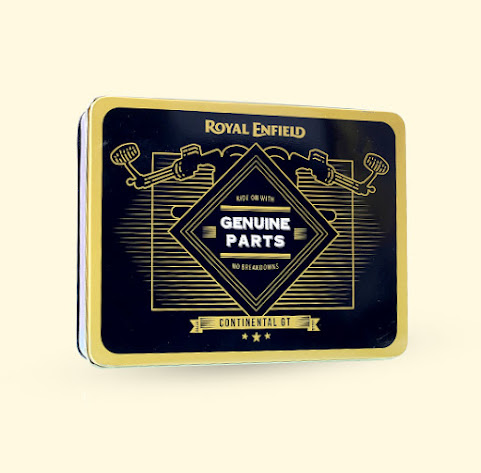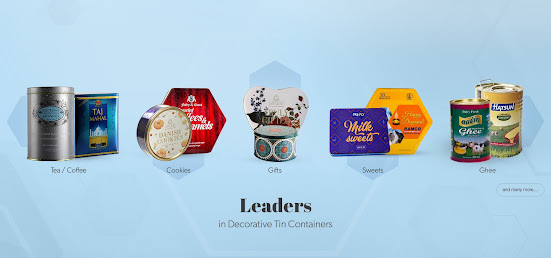The Evolution of Tin Plate Packaging: A Historical Perspective

In the fast-paced world of packaging, where materials come and go, tin plate packaging stands as a resilient and enduring solution that has withstood the test of time. Let's take a journey through the ages to uncover the fascinating evolution of tin plate packaging.
Tin plate packaging has its roots deeply embedded in the 19th century. Back then, it was primarily used for preserving and transporting food items such as biscuits, chocolates, and other perishable goods. The first tin cans were manually sealed and required a hammer and chisel to open, making them a far cry from the convenient pull-tab cans we are familiar with today.
As technology advanced, so did tin plate packaging. The introduction of automated canning processes in the early 20th century revolutionized the industry, paving the way for mass production and widespread use. The durability of tin plate made it a preferred choice for military rations during World War II, showcasing its reliability in challenging conditions.
In the post-war era, tin plate packaging found its way into the mainstream consumer market. The iconic cylindrical shape of tin cans became synonymous with various household products, from canned vegetables to soups and sauces. The 1950s and 1960s witnessed a surge in the popularity of tin plate packaging, with companies leveraging innovative designs to capture consumer attention.
The 21st century brought about further advancements in tin plate packaging, aligning it with modern sustainability goals. Unlike single-use plastic packaging, tin plate is highly recyclable, contributing to reduced environmental impact. Brands began embracing tin plate as a green alternative, aligning themselves with eco-conscious consumers.
Today, tin plate packaging continues to evolve. The industry has seen a shift towards thinner and lighter tin cans, reducing material usage without compromising on strength. Advanced printing technologies allow for intricate and vibrant designs, enhancing the aesthetic appeal of tin plate packaging.
The versatility of tin plate packaging extends beyond its use in food products. It is now employed in various industries, including cosmetics, pharmaceuticals, and specialty products. The inherent protective qualities of tin make it an ideal choice for items that require a barrier against light, moisture, and air.
As we reflect on the historical journey of tin plate packaging, it's clear that its durability, versatility, and adaptability have ensured its continued relevance. From its humble beginnings to its current status as a sustainable packaging solution, tin plate packaging remains an integral part of our daily lives, preserving products and bridging the gap between tradition and innovation.


Comments
Post a Comment